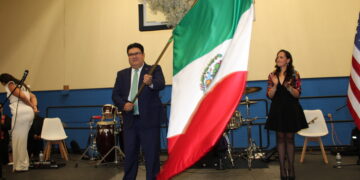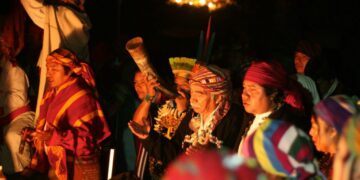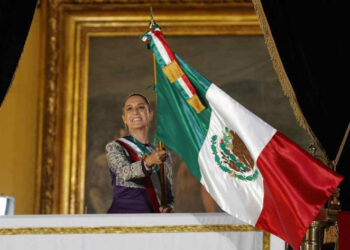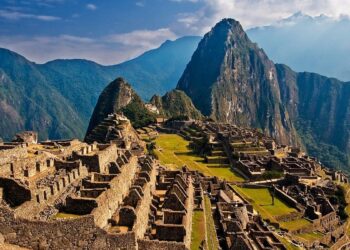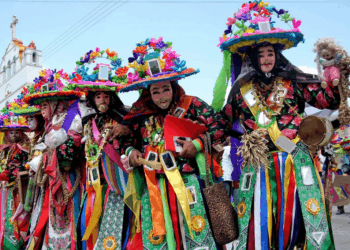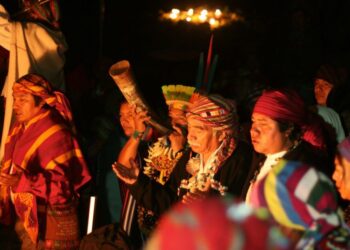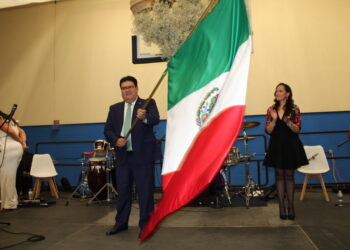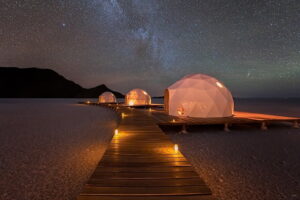
Desert:The Salar de Uyuni
The Salar de Uyuni is the largest salt desert on the planet, occupying more than 10,000 square kilometers and is located at the southern end of the Bolivian Altiplano, at an altitude of 3,650 meters above sea level, in the Department of Potosí.
This vast salt flat was part of a gigantic prehistoric lake that dried up seasonally, leaving huge quantities of salt after evaporating about 40,000 years ago. Its salt has been traditionally harvested by the Aymara people.
It has different attractions, such as the train desert, hot springs, geysers, llamas, flamingos, the salt hotel, the Dakar salt sculpture. It is one of the most wonderful places on earth. The dates when it is recommended to visit are in summer, from December to March, when the salt flats fill with water and look like an immense mirror with which you can take the best photographs.
It is the richest lithium deposit in the world, which has put it at risk of being excavated in order to make use of and exploit this mineral necessary for electric cars.
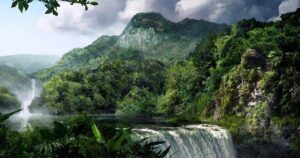
National Park: Madidi
The Madidi National Park and Integrated Management Natural Area is a destination of incomparable natural beauty where 3,235 species live in perfect harmony with humans. It is without a doubt the protected area of greatest ecological and biogeographical relevance in Bolivia, and one of the most important on the planet due to the high biodiversity and variety of ecosystems it presents.
Here live 867 species of birds (85% of the country’s avifauna), 156 species of mammals, 84 species of amphibians, 71 species of reptiles and 192 species of fish, in addition to very diverse flora in which 1,865 species of higher plants and 2,873 probable species have been recorded.
Peculiar aquatic species can be observed, such as piranhas, freshwater stingrays and in some areas, the pink freshwater dolphin. It should be noted that there are 40 species of vertebrates in the park, endemic or unique.
There are several indigenous communities that have been settled in the area for centuries or have historically been related to it and that currently share a vision of tourism as a development and conservation strategy.
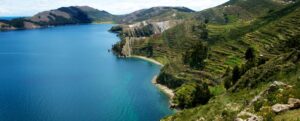
Isla del Sol
The Isla del Sol is 9.6 km long by 4.8 km wide and is considered a sacred place. It is said that this is where the God Viracocha created humanity after the great flood.
The island is divided into three communities: “Yumani” in the south, “Challa” which has a white sandy beach on the central east coast and “Challapampa” near the northern end of the island. The southern part is more visited and there are the archaeological ruins of the Pilkokaina Temple and the stone steps of the Yumani dock, which lead to the Fountain of Life. In this part there are various lodgings, restaurants-cafes and pizzerias.
The northern part can be accessed by boat from Yumani to Challapampa, or by walking 3 hours along a pre-Columbian path that crosses the island. There are the archaeological sites of La Chincana (a labyrinth of stone walls),
the Temple of the Sun, the Sacred Rock and the Ceremonial Table. There is also an interpretation circuit and an archaeological museum. From Challapampa it is possible to visit the Moon Island by boat. The most important attractions are: the archaeological sites of the Inca culture, the pre-Hispanic roads and paths, the white sand beaches and the beautiful panoramas of the lake.
Bolivia
Lugares turísticos

Salar de Uyuni
El Salar de Uyuni es el desierto de sal más grande del planeta, ocupa más de 10,000 kilómetros cuadrados y se encuentra en el extremo sur del Altiplano boliviano, a una altitud de 3650 metros sobre el nivel del mar, en el Departamento de Potosí. Es el yacimiento de litio más rico del mundo.
Este vasto salar formaba parte de un gigantesco lago prehistórico que se secaba estacionalmente, dejando tras evaporarse ingentes cantidades de sal hace unos 40,000 años. Su sal ha sido cosechada tradicionalmente por los Aymara.
Cuenta con diferentes atractivos, como el desierto de trenes, las aguas termales, los geyser, las llamas,los flamencos, el hotel de sal, la escultura de sal de Dakar. Es uno de los lugares más maravillosos de la tierra. Las fechas en que se recomienda visitar es en verano, de diciembre a marzo, cuando las salinas se llenan de agua y parece un inmenso espejo con el que se podrán tomar las mejores fotografías. 
Isla del Sol
La Isla del Sol tiene 9.6 kms de largo por 4.8 km. de ancho y es considerada un lugar sagrado. Se dice que ahí fue donde el Dios Viracocha creó a la humanidad luego del gran diluvio.
La isla se divide en tres comunidades: “Yumani” en el sur, “Challa” que tiene una playa blanca arenosa en la costa del este central y “Challapampa” cerca del extremo norte de la isla. La parte Sur es más visitada y ahí se encuentran las ruinas arqueológicas del Templo Pilkokaina y las escalinatas de piedra del muelle de Yumani, que conducen a la Fuente de la Vida. En esta parte existen diversos hospedajes, restaurantes-cafés y pizzerías.
A la parte Norte puede accederse por bote desde Yumani hacia Challapampa, o caminando 3 horas por un sendero precolombino que cruza la isla. Ahí se encuentran los sitios arqueológicos de La Chincana (laberinto de paredes de piedra), El Templo del Sol, la Roca Sagrada y la Mesa de las Ceremonias. Además existe un circuito de interpretación y un museo arqueológico. Desde Challapampa es posible visitar la Isla de la Luna en lancha. Los atractivos más importantes son: los sitios arqueológicos de la cultura Inca, los caminos y senderos prehispánicos, las playas de arenas blancas y los hermosos panoramas del lago.

Parque Nacional Madidi
El Parque Nacional y Área Natural de Manejo Integrado Madidi es un destino de incomparable belleza natural donde 3,235 especies conviven en perfecta armonía con el ser humano. Es sin duda, el área protegida de mayor relevancia ecológica y biogeográfica de Bolivia, y una de las más importantes del planeta por la alta biodiversidad y variedad de ecosistemas que presenta.
Aquí habitan 867 especies de aves (85% de la avifauna del país), 156 especies de mamíferos, 84 especies de anfibios, 71 especies de reptiles y 192 especies de peces, además de flora muy diversa en la que se han registrado 1,865 especies de plantas superiores y 2,873 especies probables.
Especies acuáticas peculiares pueden ser observadas, tal es el caso de pirañas, rayas de agua dulce de la picadura y en algunas áreas, el delfín rosado de agua dulce. Se debe resaltar el hecho de que en el parque existen 40 especies de vertebrados, endémicos o únicos.
Existen varias comunidades indígenas originarias asentadas ancestralmente en el área o relacionadas históricamente con ella y que actualmente comparten una visión del turismo como una estrategia de desarrollo y conservación

